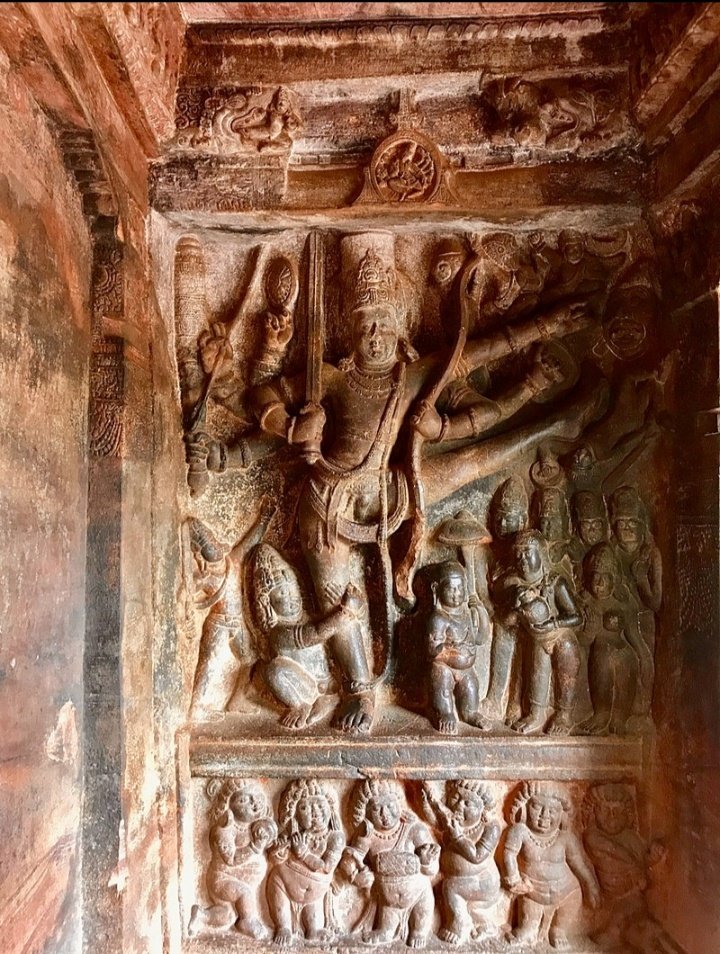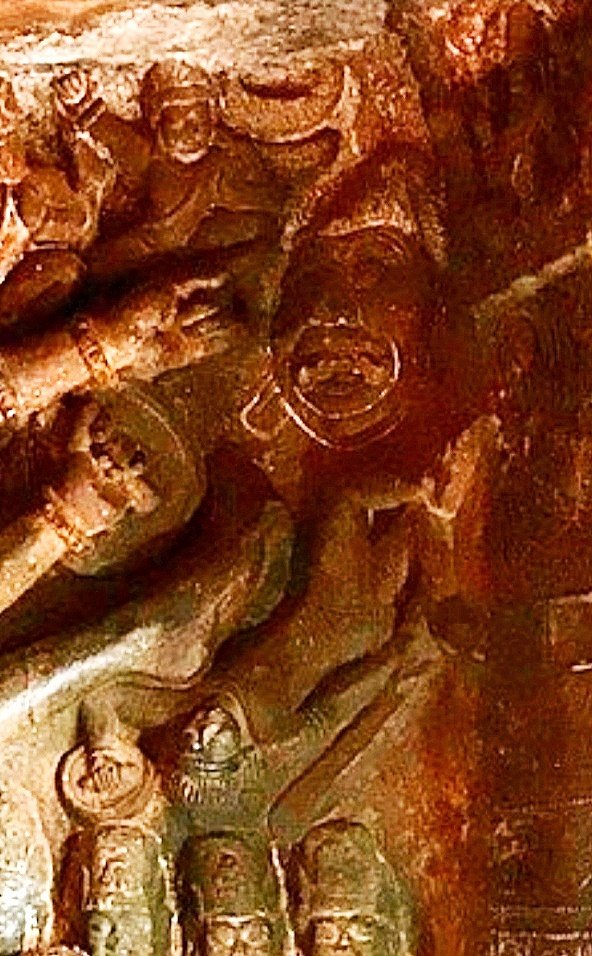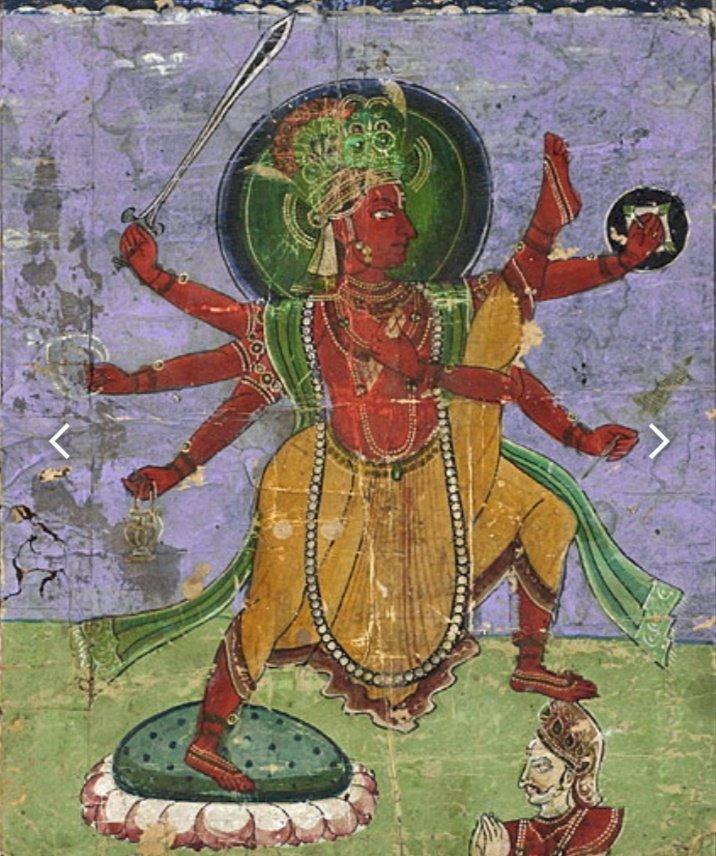
A bouquet of powerful essays by #Dalit women writers. All of them wrote from the trenches, from an embattled zone. A whole experiential domain opening up, always enlightening, disturbing the received opinion, challenging the old discourse, enriching, humbling.
#DalitLivesMatter
#DalitLivesMatter

That striking cover art, deeply personal, contemporary, yet adorned by the old nature motifs, is by Dalit artist Malvika Raj. She works with, breaks and extends the Madhubani idiom, giving us powerful art. Some iconic images -- Savitribai, Ambedkar, Buddha -- partner the essays.
Malvika's art offers a perfect visual realisation of the world the essays weave: bustling with moral urgency, coping with trauma with a deeply introspective wisdom, and most off all a desire and commitment to write an as-yet unwritten history. @caselchris1 writes the lead essay.
An eloquent personal reflection and razor-keen critique at once, she opens up this bizarre world as it is for Dalit women, an inherently hostile one in which they must learn to survive and thrive. One where even the platforms for speaking are controlled at the whims of caste.
Jeyarani takes that forward with a calm, yet the most complete deconstruction of Indian media attitudes you will ever see. And @kirubamunusamy takes the lens to the judiciary. Our institutions emerge, stripped off their grand metaphors, as simply extensions of caste power.
Meera Velayudhan walks us through the difficult terrain of representative politics. Why are our Dalit MPs, together a bloc almost as big as the combined opposition, unable to act as a bloc? She offers no easy answers, but points to Ambedkar's insistence on social/economic equity.
And Swati Kamble, a truly fine voice, gives us a classic on intersectionality, the heart of the feminism debate. Locating the genesis of Indian feminist thought in 19th c voices coming out of Phule's circle, she offers Dalit feminism as a creative, redemptive force for everyone.
Other voices too spoke to us, all courageous, tireless people who craft an alternative, ethical vision in the face of tremendous odds...@cynstepin, @Dalit_Swag, @Datlitwriter, Ramya Haridas, only the second Dalit woman MP ever from Kerala. This issue is a grateful tribute to all.
This is one of Malvika Raj's artworks accompanying the essays! In a diary piece for us, she speaks of how her art evolved, the social experiences that went into it, how she broke from tradition to place Dalit icons at the centre of Madhubani canvases.
https://twitter.com/jalajboy/status/1314135892978663425?s=19
• • •
Missing some Tweet in this thread? You can try to
force a refresh








